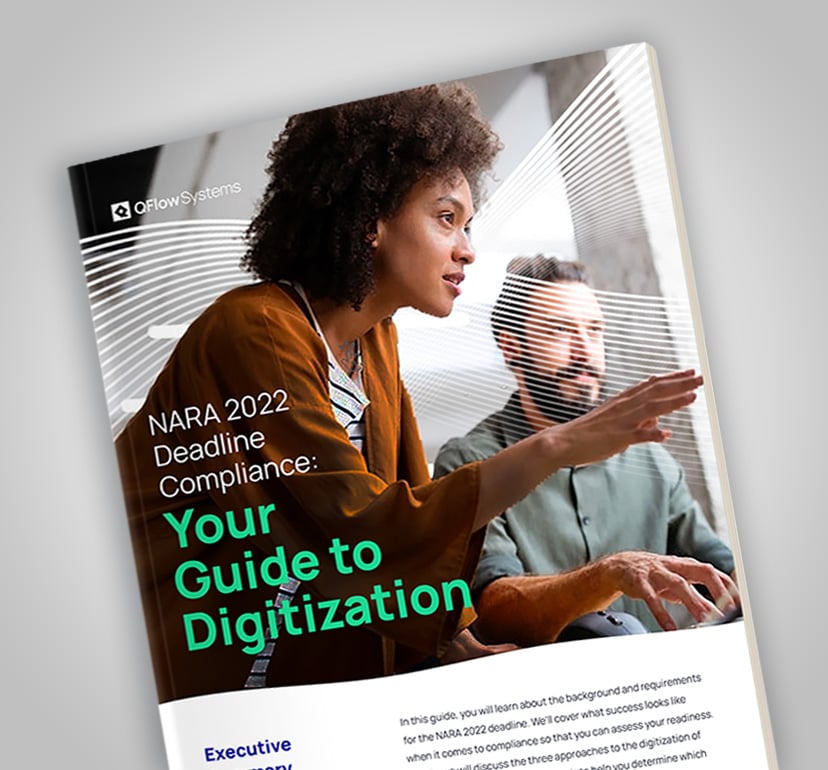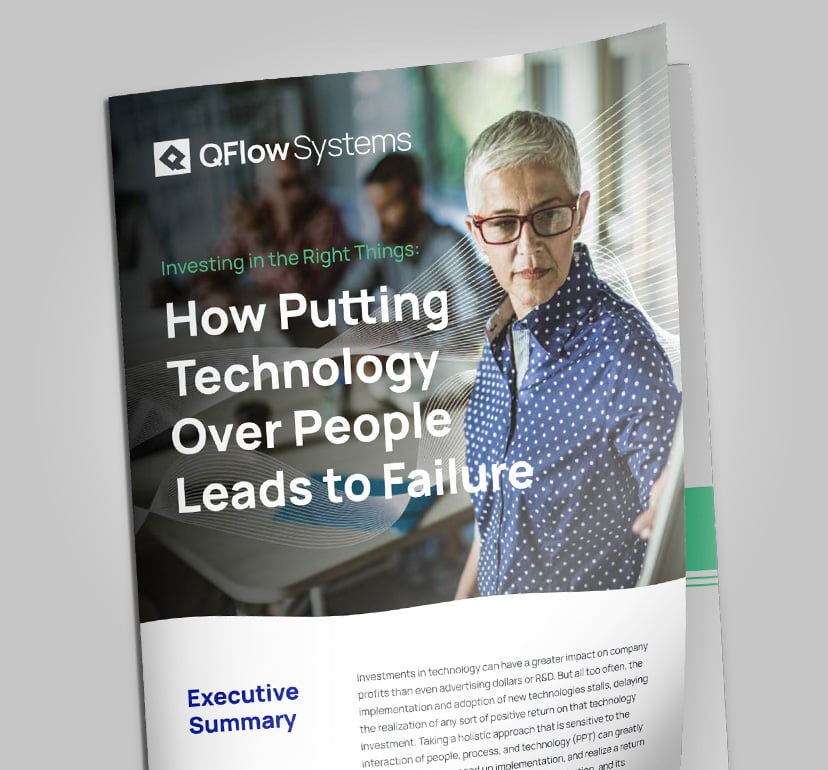Government agencies face unique hurdles in document management. It’s a balancing act between efficiency and transparency, security and privacy requirements. A solid foundation of document and records management support and strong digital infrastructure is what agencies need to keep enterprise content in check. So when it comes to document repositories, using the right tool for the job is the most important thing.
A document repository is a digital storage space that holds documents and other content. It’s an essential component of business operations for any team, but on the enterprise level it can be incredibly complex. The right document repository will allow you to easily find, share, and manage your organization’s information assets and make daily work easier. And requests for information, access, or signatures become frictionless.
On the flip side, a poorly designed document management system is incredibly difficult to manage, and can become an expensive and inefficient burden on your IT department and all enterprise employees. It can cause your team to waste time looking for files rather than moving business forward.
10 Pillars of Strong Government Document Repositories
Document repository structures need to fit your requirements and budget while integrating with your current systems. Here are the top qualities of a strong repository solution for government agencies.
1. Document Integrity and Insurance
An effective document management solution provides an unalterable file, creating a single source of truth for partners, employees, and stakeholders.
2. 24/7 Secure Access
Remote access for partners and staff is critical and is required in today’s working environments.
3. Tagging, Categorization, and Integration
When organized properly, your records can be easily integrated with other project management systems, enabling even better and faster access.
4. NARA Compliance
The NARA mandates are enforcing a new standard for document management, and agencies are required to go paperless (or at least have a plan in place for doing so) by the end of 2022. This has ramifications not only for federal agencies but also for companies contracting with them, as well as agencies operating on state and local levels. Having a system in place for easy migration is key.
5. Artificial Intelligence (AI) and Machine Learning (ML)
Artificial Intelligence (AI) and Machine Learning (ML) have radically changed the way we do business and the way agencies operate today. Chatbots get most of the headlines, but behind the scenes, AI and ML technology are helping to intelligence drive document management and organizational workflows.
In fact, AI and ML are considered mature technologies when it comes to records management, even though their potential remains largely untapped.
6. Consistent Folder Structure and File Names
Folder structure and file naming conventions are critical to the effectiveness of your document repository. Both will help people find what they’re looking for, whether an internal team member or a partner agency.
Use folders to organize documents by topic (e.g., “Programs”) and subtopics (e.g., “P2”). Use a consistent naming convention for folders and files that includes the following:
- File naming conventions – Creating a standardized taxonomy naming convention for electronic documents in your organization has several benefits. It makes it easier to locate the files you need using a search function and helps demonstrate what is contained within the document prior to opening it. Imagine being new to an organization and searching for the current quarter’s budget, searching the repository, and being served 12 documents all titled “Budget.” A file naming convention and a corresponding taxonomy in your repository work together to eliminate this confusion and save valuable time.
- Folder name – Create folder names using singular nouns (e.g., “Policy” instead of “Policies”) because plural nouns can be ambiguous when searching for documents by title alone. For example, “Housing Policy” could refer to multiple policies related to housing issues across more than one department within an agency structure, making them difficult for users unfamiliar with the system.
7. Access Control
Access control is the process of managing security around your documents. In IT, this is often referred to as security models. It’s a set of rules that state who can and can not access and change documents. Sophisticated systems allow you to apply a dynamic set of rules that change depending on where a given document is in the workflow and what content it contains.
Common parameters allow you to control:
- Who can store documents in the repository
- Who can access those documents
- What types of information are allowed to be stored in the repository
- What types of documents are in the repository
- How long to keep documents in the repository
- How to remove old documents from the repository
- Records management policies and procedures, business rules, etc.
- A system for managing file permissions and access control
8. Version Control
Version control is one of the most critical aspects of managing documents in a content management system. It’s used to track all updates made to a file, and it allows you to revert to previous versions if needed. It also makes it easy for you and other users on your team to see who made changes and when, which enables collaboration between teams.
A common version control system assigns sequential numbers (1, 2, 3…) or dates (today’s date) to each new edit so that it’s easier to reference older versions later if needed. A good naming scheme will help organizations keep track of all the versions they have created over time.
9. Documents in a Single Location
Managing your documents in a single location as a government agency is a best practice. Not only are files much easier to find, but it can be significantly less expensive than multiple systems (and licenses).
10. Enterprise-wide Content Management Solution
An enterprise content management (ECM) solution is a software application used by an organization to manage and store documents. ECM solutions are often document management solutions or digital asset management systems (DAMS). ECM solutions provide capabilities that assist government agencies in managing their documents, such as:
- Providing a central repository for all agency documents
- Organizing, storing, and tracking the location of documents at any given point in time
- Enforcing compliance with records retention schedules and policies
How to Leverage SharePoint within Government Agencies
Microsoft SharePoint is sometimes used as a document repository in both public and private sector businesses, and it’s a natural choice if your agency already has a Microsoft enterprise licensing agreement in place. However, SharePoint is built as a collaboration tool, not as a long-term structured document or records management platform. That means setting it up and maintaining SharePoint as your document repository can be time-consuming and error prone, unless you have the support of a software partner.
But which software partner to choose? There are countless integrations available for Microsoft products. It’s important to choose the right tool for the job in order to build a strong foundation of proper document and records management practices so that you can then build the specializations you need to take your productivity to the next level. In other words, choosing a partner that specializes in CRM for a document management solution is a lot like expecting great tacos from a pizzeria: you’re probably going to wind up disappointed. Choosing a partner with document and records management expertise — like QFlow Systems and our Q-Action platform — will deliver the solid foundation you need to support your agency’s overall mission.
Final Thoughts
A document repository is a key tool for government agencies, but it can take time to get started. The most important thing is to get the process right from the beginning.
Setting up and maintaining a document repository like SharePoint without a partner can be time consuming and prone to errors. By implementing a content services platform or enterprise content management solution, many of these best practices can be automated or are already available out of the box. If you’re interested in exploring more about Q-Action and how it can help you create the foundation you need for organizational success, connect with one of our experts today!

